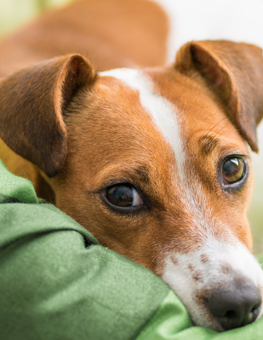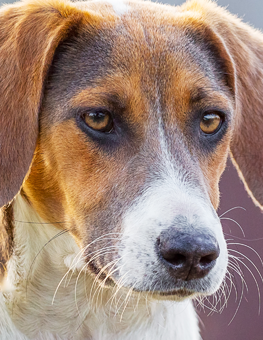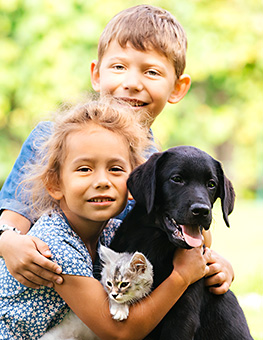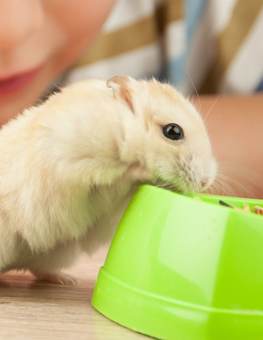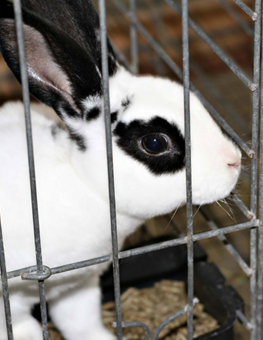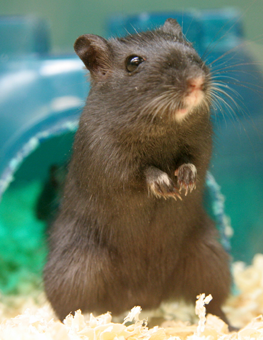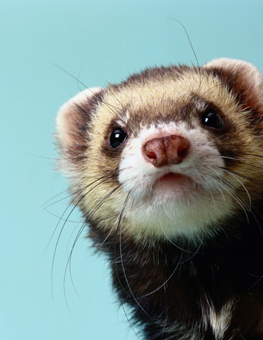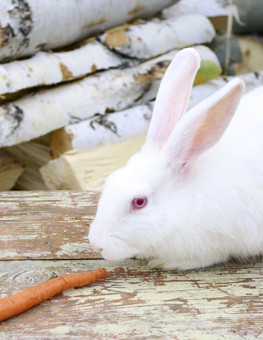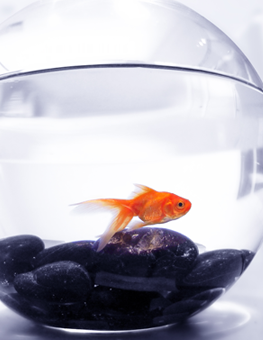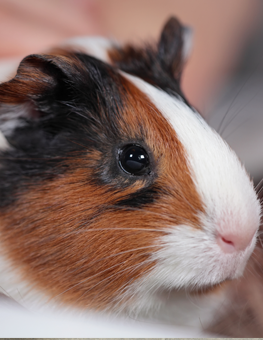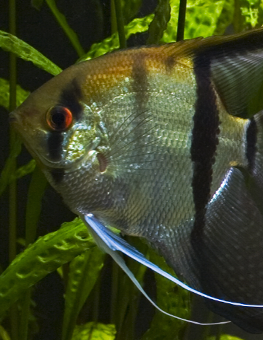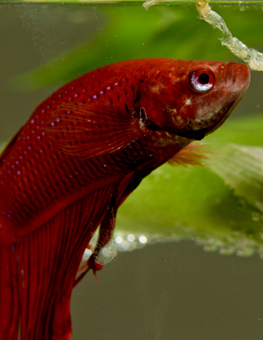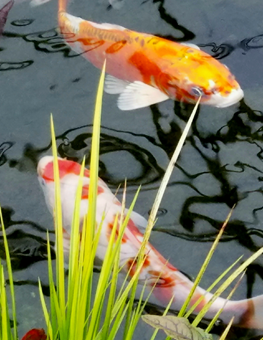Making a Home for Your New Small Animal
Every small animal has a different idea of a happy home.
Your friend will be spending a lot of time in his home. Make sure that it is well suited to his needs.
Guinea pigs, hamsters and gerbils: bigger is better
- For your guinea pig, the cage should be at least 28 inches long by 24 inches wide by 14 inches high. For each additional guinea pig, increase the surface area by two square feet. Although hamsters and gerbils can live in smaller spaces, they will welcome the bigger cage.
- These animals are burrowers and appreciate a nice floor plan. Provide plenty of bedding and a cardboard or wooden "house" inside the cage, tunnels to crawl through and platforms on which to climb.
- Never house these small animals in a cage with a wire bottom. Their feet can get caught in the wire mesh, which could result in broken limbs.
- Large aquariums can be used as cages, but be aware that they are more difficult to clean thoroughly and provide little to no air circulation through the cage. For these reasons, most owners prefer a traditional, wire cage.
- Aspen wood shavings or materials like corncob or walnut shell make great cage beddings. Timothy hay is arguably the best: it's an essential food source, your pet will tunnel through it, make "nests" in it for sleeping and play with it.
- Straw is unsuitable — it does not absorb urine and the hard stalks can cause serious injuries.
Rabbits: a cage is a safe haven
- Even if you are going to give your rabbit full use of your home, a cage is necessary for litter and will serve as a safe place to rest. Her cage or pen should be at least four times her size — more if she is confined to it all day. Rabbits take fairly well to being litter trained, so a solid floor is fine and fairly easy to clean. Many rabbit cages are still made with wire floors that can cause sores on their hocks. If your cage has a wire bottom, cover it with a piece of wood, or a grass or sisal mat.
- Corn cob or aspen wood shavings can be used as bedding. Timothy hay for rabbits is ideal — and straw less so.
- Cat litter boxes work pretty well for rabbits, too. Pans, such as cake pans, may work for smaller rabbits.
- A safe, absorbent litter material is needed because your rabbit may nibble on it. Because rabbit urine also has a strong odor, opt for a material that absorbs and manages scent. Organic or paper-based pellets and litters are recommended over clay or clumping litters.
Ferrets: they're all about the great indoors
- Many pet owners allow their ferret to run around inside, but only when supervised. When you can’t keep a keen eye on your ferret's activities, he should be confined in a cage. Wire mesh cages made specifically for ferrets have one-inch by two-inch mesh on the top and sides and one-half-inch by one-inch mesh on the bottom. The cage should be at least 24 inches wide, 36 inches long and 24 inches high.
- Ferrets like everything in its place. Choose a cage with two to three levels so he can have a sleeping area away from his bathroom and dining room.
- Inside the cage, secure a litter box with a bungee cord, string or binder clips so your ferret can't overturn it. A small cat litter box also works well.
- Use wood pellet litter, which has no dust or oil and is excellent at absorbing odors. You can also use newspaper pellets, sheets of newspaper or corncob litter.
Before you get your pet, get to know your pet. Armed with these guidelines, you can talk to your retailer more in depth about your pet's domestic needs.



